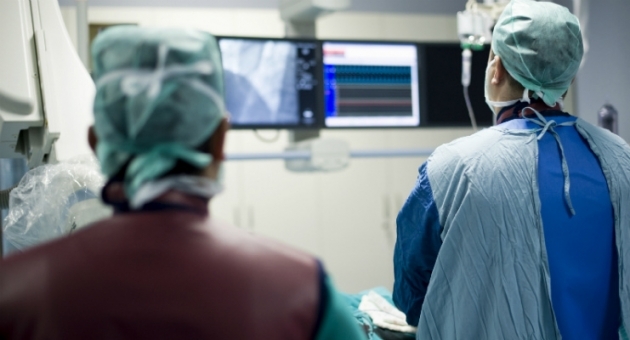Posted November 3, 2014
Temple first in region to use new treatment for peripheral artery disease

Getty Images
Temple is now using the Lutonix 035 Drug Coated Balloon PTA Catheter, the first and only treatment of its kind approved for angioplasty for patients with severely blocked femoropopliteal arteries, two of the leg’s major arteries, due to PAD.
Temple University Hospital is the first in the Philadelphia region to use an innovative new treatment for peripheral artery disease (PAD), a life-threatening condition that affects millions of Americans. Riyaz Bashir, associate professor of medicine at Temple University School of Medicine and director of vascular and endovascular medicine at Temple University Hospital, performed Temple’s first procedure using the new treatment on Oct. 14.
PAD causes plaque to build up in the arteries that carry blood to the limbs, head and organs, creating blockages. It can lead to a severe blockage in the arteries of the legs or feet and can cause lifestyle-limiting leg pains that could potentially require amputation of affected limbs.
Temple is now using the Lutonix 035 Drug Coated Balloon PTA Catheter, the first and only treatment of its kind approved for angioplasty for patients with severely blocked femoropopliteal arteries, two of the leg’s major arteries, due to PAD.
The new catheter, which was approved by the Food and Drug Administration on Oct. 10, contains an angioplasty balloon, which reopens the arteries above the knee and is coated with a low dose of paclitaxel. When inflated, the balloon applies the drug to the artery wall, inhibiting the growth of new cells at the site of the angioplasty and reducing the risk of restenosis, or recurrence of the blockage.
“This technology is a significant advance in the field of vascular disease treatments,” said Bashir. “Not only does this reduce the rate of restenosis, which is a common occurrence with these types of blockages, but it is also more likely to preserve these arteries for other treatment options, like bypass surgery.”